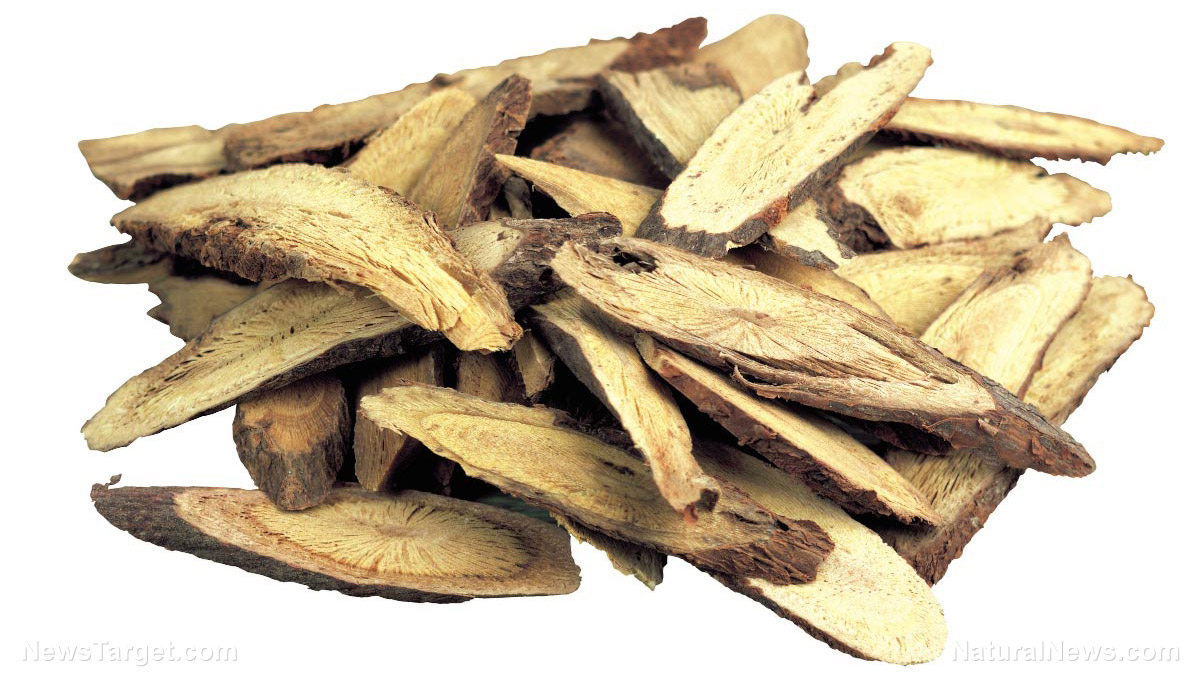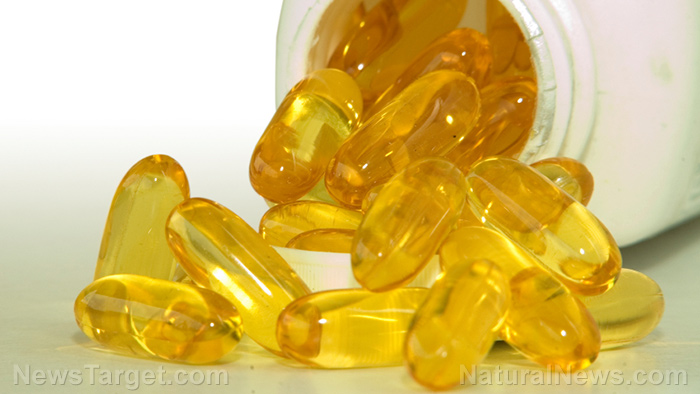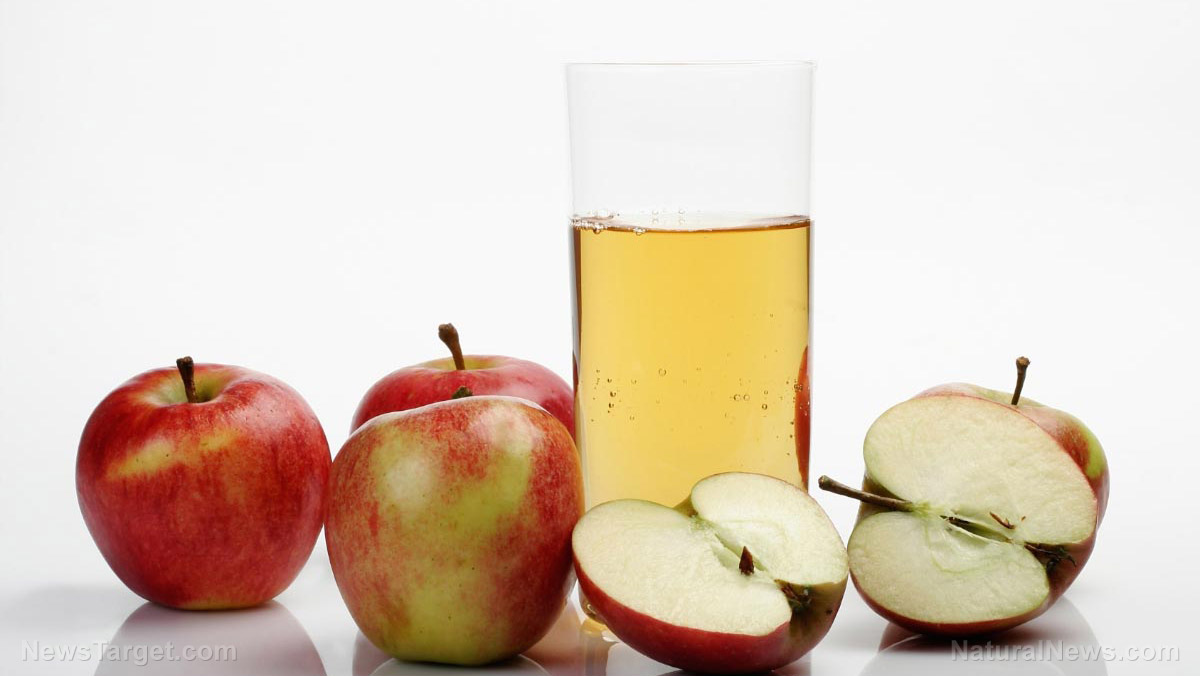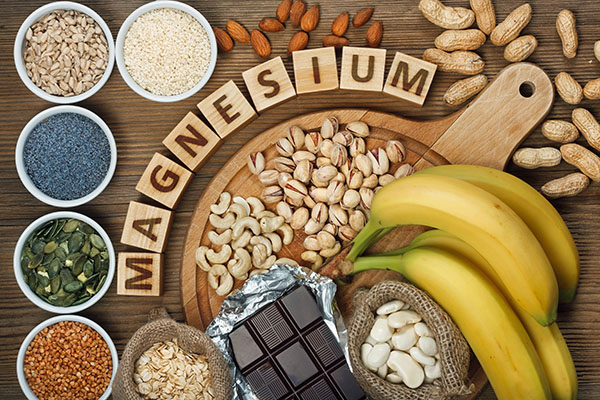
Exploring the antidepressant-like mechanism employed by XYS
To explore how XYS works, the researchers conducted an experiment with 80 adult mice divided into four groups. Of these groups, one served as a control while another one was subjected to chronic unpredictable mild stress (CUMS) to induce depression but was not given any treatment. The third group was subjected to CUMS but treated with XYS and the final group was treated with fluoxetine hydrochloride. The mice in the control group and the CUMS group received a placebo consisting of 0.5 milliliters (mL) of normal saline for 21 days. The mice in the treatment groups, on the other hand, were given 0.25 grams per kilogram and 2.6 milligrams per kilogram per day of XYS and flouxetine hydrochloride, respectively, during the same 21-day period. Following the treatment, the mice were subjected to a battery of behavioral tests to observe the effects of XYS. These were an open field test, a forced swimming test and a sucrose preference test. The researchers also checked the glutamate concentrations in the mice's prefrontal cortex using colorimetry. The morphology of the neurons in their prefrontal cortexes was observed through Nissl staining. Meanwhile, the researchers used Western blot assay and immunohistochemistry to detect the expressions of glial fibrillary acidic protein (GFAP), NeuN, EAAT1 and EAAT2 proteins in the mice's prefrontal cortex. They also conducted quantitative real-time polymerase chain reaction (qPCR) testing to detect the expression of GFAP, NeuN, EAAT1 and EAAT2 genes. The results show that XYS treatment caused improvements in CUMS-induced depressive mice by regulating the functions of their ASTs and the EAATs in their prefrontal cortex. CUMS decreased the expression of GFAP, EAAT1, EAAT2 and NeuN but increased glutamate content in the mice's prefrontal cortex. These changes were all alleviated by XYS treatment. According to the researchers, their study provides a theoretical foundation for the clinical application of XYS as an alternative treatment for depression. However, they note that the effect of XYS on GFAP function still needs to be explored in clinical and in vitro experiments. (Related: Homeopathic alternatives to antidepressant drugs.) For more research into novel treatments for depression, follow Mental.news. Sources include: Hindawi.com BMCComplementMedTherapies.BioMedCentral.comStudies show how mask mandates, lockdowns and COVID vaccines have failed to deliver
By Cassie B. // Share
The incredible health benefits of corn silk
By Arsenio Toledo // Share
Maintain good oral health with licorice root (plus licorice root tea recipe)
By Joanne Washburn // Share
Study: Almost every river in the world is now highly polluted with pharmaceuticals
By Ethan Huff // Share
Tocotrienol replaces tocopherol as the new face of vitamin E
By Olivia Cook // Share
Relieve constipation naturally with apple juice
By Joanne Washburn // Share
Food as Freedom: Pete Evans fights back against processed poison with metabolic reset strategies
By finnheartley // Share
Children’s Health Defense seeks revocation of covid vaccine approvals, citing safety concerns
By finnheartley // Share
New study reveals prediabetes remission cuts heart disease risk by over 50%
By patricklewis // Share
Magnesium deficiency: The overlooked epidemic fueling chronic disease and depression
By patricklewis // Share











